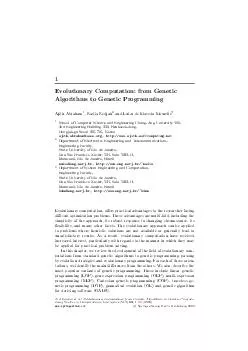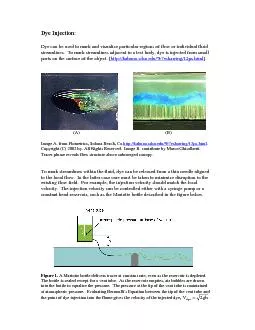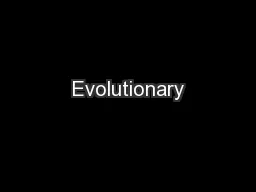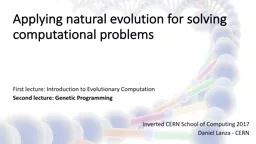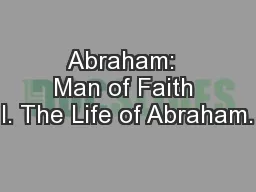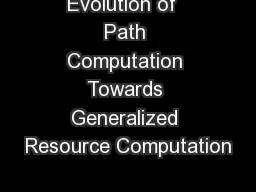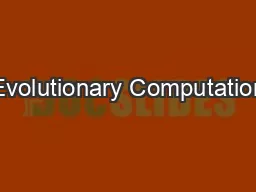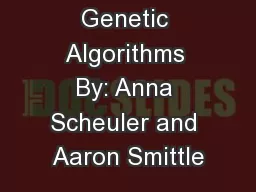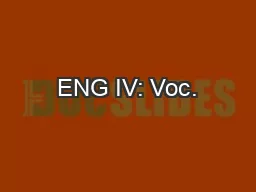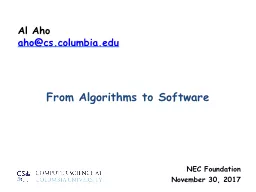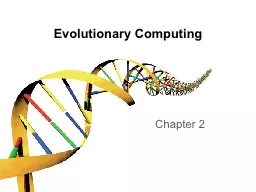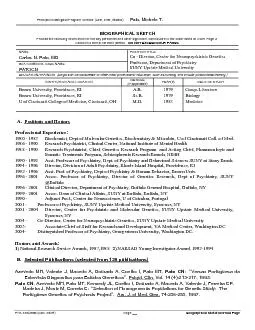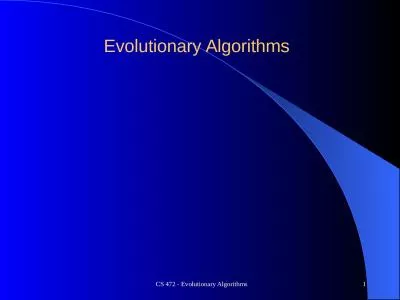PDF-Evolutionary Computation from Genetic Algorithms to Genetic Programming Ajith Abraham
Author : kittie-lecroy | Published Date : 2014-12-16
abrahamieeeorg httpwwwajithsoftcomputingnet Department of Electronics Engineering and Telecommunications Engineering Faculty State University of Rio de Janeiro Rua
Presentation Embed Code
Download Presentation
Download Presentation The PPT/PDF document "Evolutionary Computation from Genetic Al..." is the property of its rightful owner. Permission is granted to download and print the materials on this website for personal, non-commercial use only, and to display it on your personal computer provided you do not modify the materials and that you retain all copyright notices contained in the materials. By downloading content from our website, you accept the terms of this agreement.
Evolutionary Computation from Genetic Algorithms to Genetic Programming Ajith Abraham: Transcript
Download Rules Of Document
"Evolutionary Computation from Genetic Algorithms to Genetic Programming Ajith Abraham"The content belongs to its owner. You may download and print it for personal use, without modification, and keep all copyright notices. By downloading, you agree to these terms.
Related Documents

